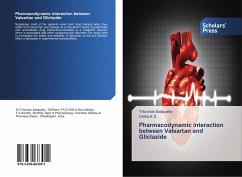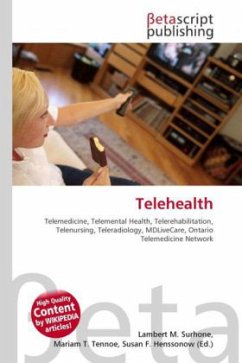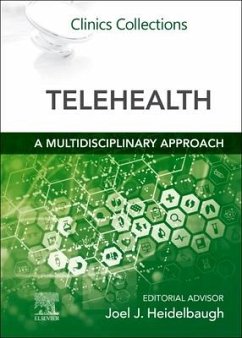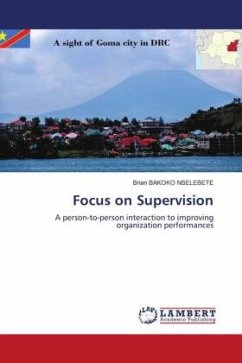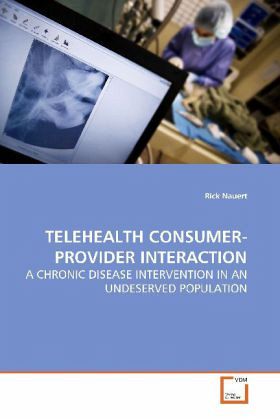
TELEHEALTH CONSUMER-PROVIDER INTERACTION
A CHRONIC DISEASE INTERVENTION IN AN UNDESERVED POPULATION
Versandkostenfrei!
Versandfertig in 6-10 Tagen
52,99 €
inkl. MwSt.

PAYBACK Punkte
26 °P sammeln!
As we move through the first decade of a new century,a global health care crisis threatens the future.Non-communicable or chronic illness includingcardiovascular disease, cancer, respiratory diseaseand diabetes are leadingcauses of morbidity and mortality. The pandemic,termed a silent epidemic, is a by-product of culturaltransformation and disengagement of individualresponsibility. Technology, arguably one of thecontributing elements to the escalation of socialdisease, can be a driver to improve health education,health promotion and clinical care. Effective healthcare for a chronic condition r...
As we move through the first decade of a new century,
a global health care crisis threatens the future.
Non-communicable or chronic illness including
cardiovascular disease, cancer, respiratory disease
and diabetes are leading
causes of morbidity and mortality. The pandemic,
termed a silent epidemic, is a by-product of cultural
transformation and disengagement of individual
responsibility. Technology, arguably one of the
contributing elements to the escalation of social
disease, can be a driver to improve health education,
health promotion and clinical care. Effective health
care for a chronic condition requires a model of
ongoing health education and close communication
between the individual and the provider. Culturally
sensitive health education including support and
reinforcement is accomplished via telecommunication
channels. The channels also provide a cost-effective
mechanism to convey clinical variables such as blood
glucose, insulin administration, weight and
blood pressure. Ongoing transfer of clinical
information allows for timely intervention and
improved medical control.
a global health care crisis threatens the future.
Non-communicable or chronic illness including
cardiovascular disease, cancer, respiratory disease
and diabetes are leading
causes of morbidity and mortality. The pandemic,
termed a silent epidemic, is a by-product of cultural
transformation and disengagement of individual
responsibility. Technology, arguably one of the
contributing elements to the escalation of social
disease, can be a driver to improve health education,
health promotion and clinical care. Effective health
care for a chronic condition requires a model of
ongoing health education and close communication
between the individual and the provider. Culturally
sensitive health education including support and
reinforcement is accomplished via telecommunication
channels. The channels also provide a cost-effective
mechanism to convey clinical variables such as blood
glucose, insulin administration, weight and
blood pressure. Ongoing transfer of clinical
information allows for timely intervention and
improved medical control.






